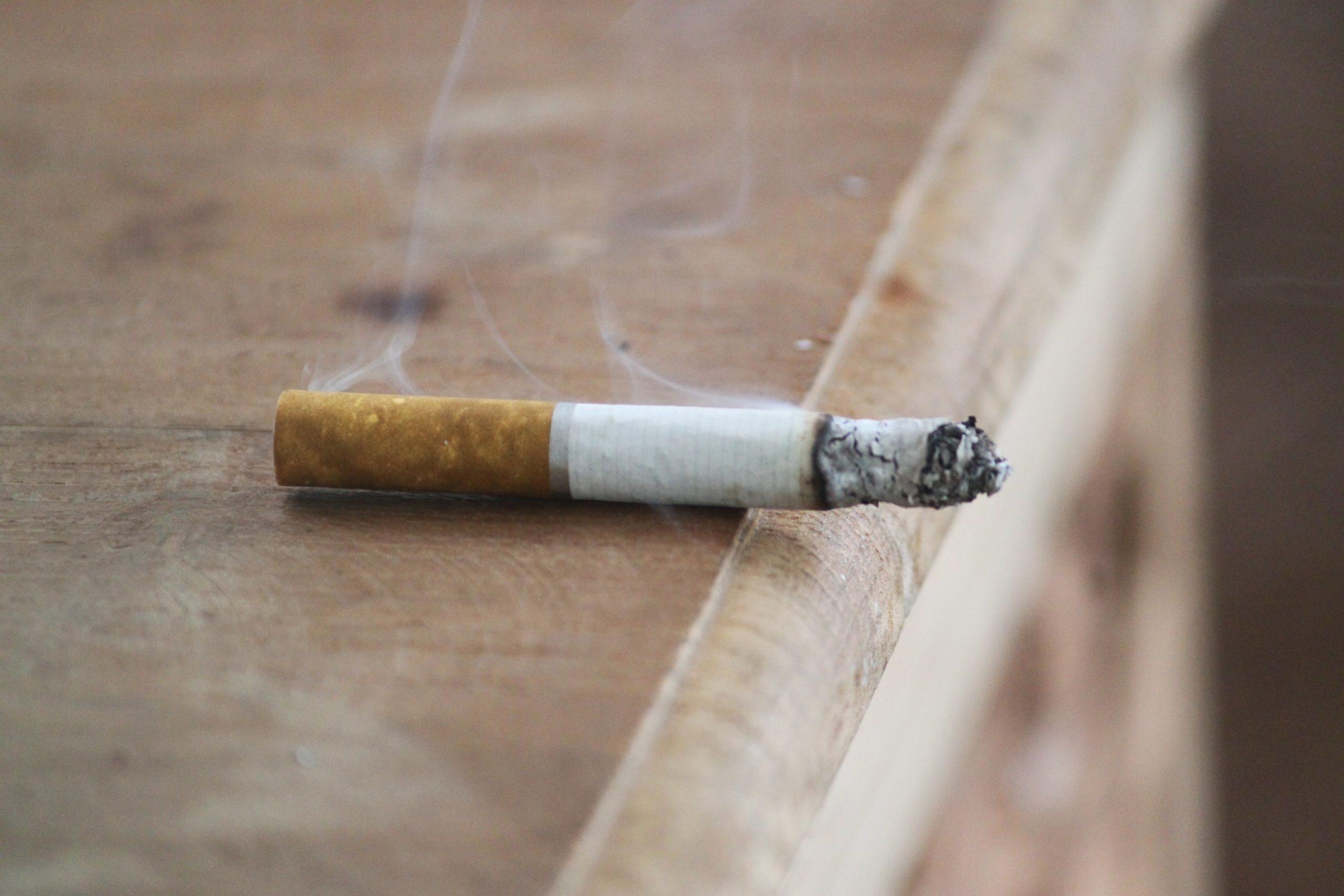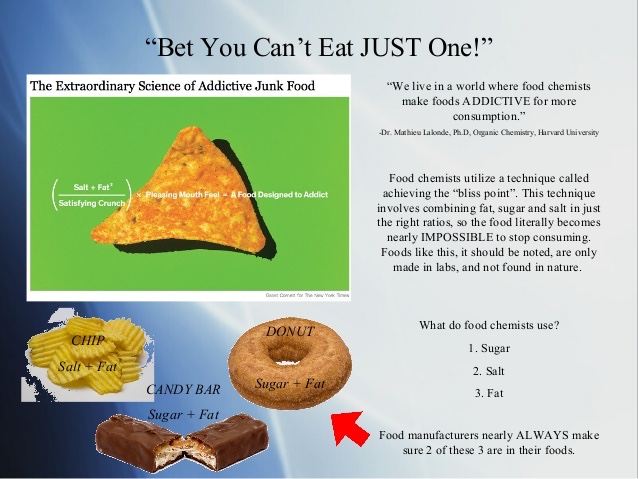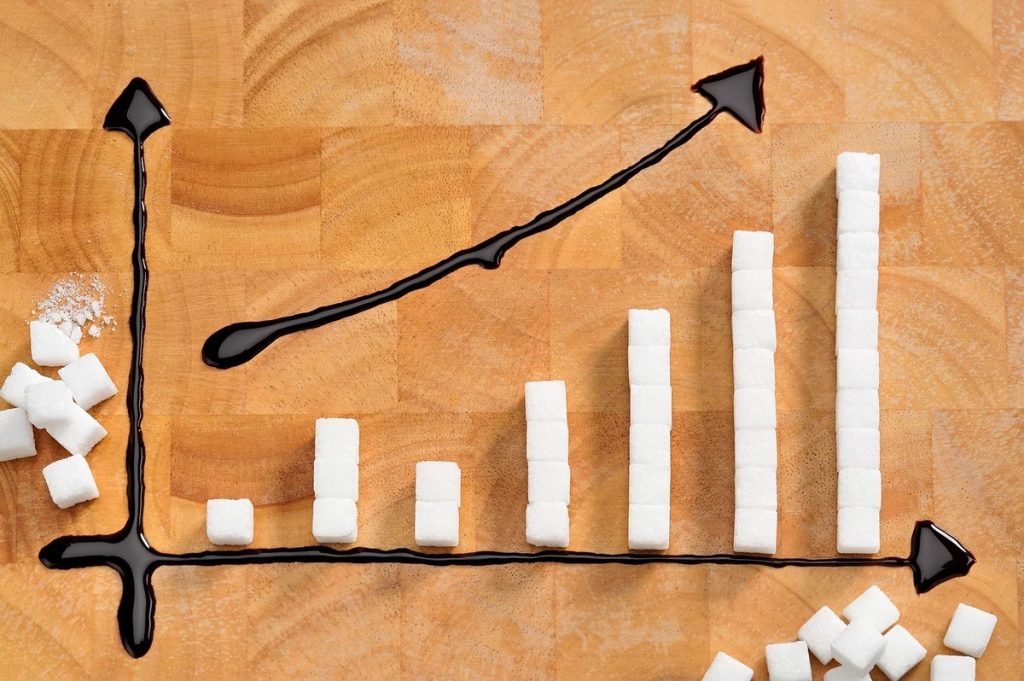
Something, nothing, and everything comes in threes. Enjoy this 9 minute expose on why we conceptualize, organize, and tri-compartmentalize in threes.
”Three is the magic number”
The Book of Threes
Did you know bananas are in threes? For centuries in England, the "plowman's lunch" was associated with farm laborers who ate a midday meal of bread, cheese, pickled onions, and a drink consisting of beer. Today, this is a popular lunch served in British pubs.

Something, nothing, and everything comes in threes. Enjoy this 9 minute expose on why we conceptualize, organize, and tri-compartmentalize in threes.
”Three is the magic number”
The Book of Threes

With knowledge of the harmful effects of smoking almost known by all, many people have since moved on from using cigarettes. The US Centers for Disease Control and Prevention’s report on cigarettes note how usage is at an all-time low, with just 11% of adults currently smoking, which is 1.5% lower than in 2021. However, there are still groups at higher risk of smoking, such as members of the LGBTQ community, Native Americans, and Alaska Natives—leaving them at risk for several health concerns.
While individuals do attempt to improve their health by stopping smoking, there are often stumbling blocks that make giving up the habit challenging. Almost all smokers become physically and emotionally dependent on nicotine after consistent tobacco use, so cutting off tobacco usually negatively affects their behavior, mood, and comfort due to withdrawal. When combined with other stressors, it’s easy for them to relapse into their old habits.
Quitting is not impossible but requires the correct approach. To help smokers, we list below three science-backed strategies to quit smoking:
Before even attempting to quit, it’s essential to establish your reasons behind quitting. This can help you through tough moments when you lose motivation, especially when you face withdrawal symptoms and are tempted to relapse. Make sure to write both short-term and long-term goals when quitting, as it can serve as an outline for your quit process. For instance, a short-term goal can be to stop smoking at least 20 minutes per day, with the long-term goal of quitting for good.
Aside from your goals, it will be helpful to identify what triggers you to smoke, so you can do your best to avoid them. It might also be good to consider your “Bliss Point” — which we previously defined as the “quantity of consumption beyond which any further increase in consumption becomes less satisfying.” Ask yourself: what situations make you want to smoke? And under what circumstances are you okay with putting down your cigarette? These insights may help you create a more effective quitting plan that meets your goals.
One of the best ways to help smokers quit is nicotine replacement therapy (NRT). This treatment form uses nicotine lozenges, inhalers, nasal sprays, nicotine patches, and pouches to help smokers move on from nicotine dependence. By giving lower concentrations over an extended period, smokers can control their physical symptoms of withdrawal— allowing them to better focus on the emotional aspect of ending smoking.
For smokers looking for a product with a similar mouthfeel to cigarettes, nicotine gum from Fertin Pharma. It offers a decent taste and texture, and the product is effective. According to Fertin Pharma, over 3.2 million people have reduced and quit smoking thanks to NRT doses. There are also NRT options for people looking for something more discreet, such as nicotine pouches, that are just placed under the lip. Nicotine pouch retailer Prilla features a wide selection of pouches from top brands, such as ZYN, VELO, and On! These pouches are also easy to buy in bulk online, allowing customers to save money, especially with Prilla’s free delivery promotion for orders above $50. Through the gradual use of these products, smokers can wean off nicotine and eventually quit smoking.
Support is a necessary part of the quit process, so smokers must reach out to people in their corner. Friends and family can be a great source of help to stay on track and keep you distracted from cigarettes. However, some smokers may need to hear professional advice and guidance.
Counseling can be the best place to seek behavioral support, as most counselors can provide interventions and advice on quitting. According to a scientific review by Tobacco Induced Diseases, smokers who went through group therapy or counseling for smoking cessation were more likely to quit smoking than those without assistance. As much as 44.2% of patients who received the intervention had quit smoking after six months, which is significantly higher than the average quit rate of 8.5%. Even if you don’t have immediate access to counselors in person, there are plenty of remote options for social support, such as by telephone or remote consultation.
Quitting cigarettes is not easy, but not impossible. By following these three science-backed strategies, For more quick facts on topics in science and subject references, visit our tri-cyclopedia The Book of Threes for more concepts and information.

“The bliss point is the amount of an ingredient such as salt, sugar or fat which optimizes deliciousness.”
Howard Moskowitz
“Bliss point” is a term coined by American market researcher and psychophysicist Howard Moskowitz, and is considered the amount of an ingredient, such as salt, sugar and fat, which optimizes tastiness, Moss said.Nov 14, 2018
Moskowitz describes the bliss point as “that sensory profile where you like food the most.” The bliss point for salt, sugar, or fat is a range within which perception is that there is neither too much nor too little, but the “just right” amount of saltiness, sweetness, or richness.
For companies, the entire process is geared towards finding a particular food’s “bliss point”, which is the ratio of three nutrients: salt, sugar, and fat. These compounds trigger all our taste buds together, which further activate pleasure receptors in the brain.Nov 22, 2019

Bliss Point – in economics – is the quantity of consumption beyond which any further increase in consumption becomes less satisfying.
This is known as ‘bliss point’ – the exact measures of fat, sugar, and salt that make our taste buds tingle and override the brain’s natural ‘stop’ signals. This bliss point plays a significant role in why we crave certain addictive foods, such as ice cream and crisps.
When we eat junk foods the reward circuits within our brains activate and release the chemical dopamine. Our brains can become overwhelmed by the pleasure from these rewarding foods and in response, the brain adapts and makes more receptors for dopamine.